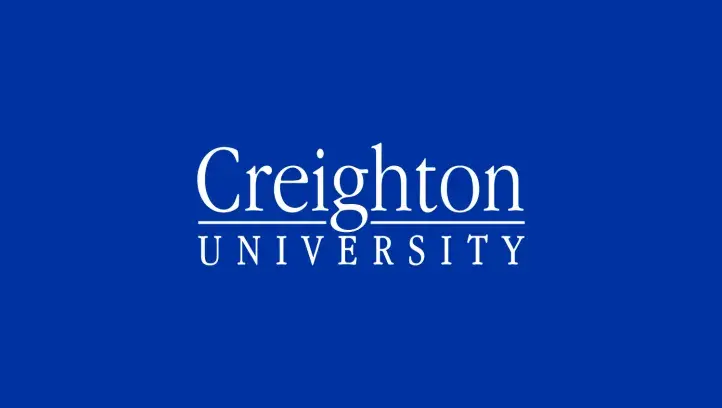
Health sciences students in Phoenix collaborate for a stroke simulation

Collaboration in healthcare is essential in ensuring quality patient care, so health sciences students at Creighton receive an interprofessional education.
The Creighton University Health Sciences Campus – Phoenix recently hosted an interprofessional event in its dedicated simulation space. Faculty and staff divided students into groups to run through a stroke simulation with standardized patients. Each group included a student representing one of seven healthcare professions: medicine, nursing, physician assistant, occupational therapy, pharmacy, physical therapy and paramedicine. The students then worked as a team to formulate the patients’ care plans from onset to discharge.
Chelsea Sandidge is the program manager for the Center for Interprofessional Practice, Education and Research (CIPER) at the Phoenix campus, and she believes that the stroke simulation truly captured the meaning of interprofessionalism.

“Every step of this simulation was a testament to collaboration and dedication to teamwork, from the faculty who planned the event to the students who participated. Together, we’re not just learning—we’re preparing to make a real difference in future patient care,” Sandidge says.
The simulation allowed students to showcase their role in the care of a stroke patient while learning about communication and team-based care. Students were able to better understand how their peers contributed to the care plan, which resonated with physical therapy student Kelsy Lum.
“Working with the other professions, I came to appreciate that the patient's chart had to come from somewhere. It takes focused work from other professionals to create rapport with the patient, use their knowledge to find out what is wrong and refer the patient over to PT,” Lum says.
Faculty from each of the seven healthcare professions guided students through the simulation and imparted their interprofessional wisdom onto the students. Dr. Jane Stein, PharmD, assistant professor of pharmacy, values the event and an interprofessional perspective in practicing healthcare.
“This event allowed pharmacy students to hone their clinical skills within a team environment, improve communication skills within the team, enhance interdisciplinary collaboration for decision making and contribute to the delivery of high-quality care for patients,” Stein says.
An interprofessional education at the Creighton Phoenix campus does not end with events like the interprofessional stroke simulation. Students participate in Interprofessional Education Passport activities and work with students outside of their health profession. The Virginia G. Piper Charitable Trust Health Sciences Building is also home to a 35,000 square foot interprofessional simulation space, where students practice skills with standardized patients and debrief afterwards.
Through interprofessional training, our faculty and staff prepare the next generation of healthcare professionals to provide team-based, collaborative care. Occupational therapy student Riley Steinmetz appreciates the interprofessional experience at Creighton and events like the stroke simulation.
“This simulation was an incredibly valuable experience. I gained insight into everyone's roles in the care team and how we can work together to achieve positive, client-centered outcomes,” Steinmetz says.




